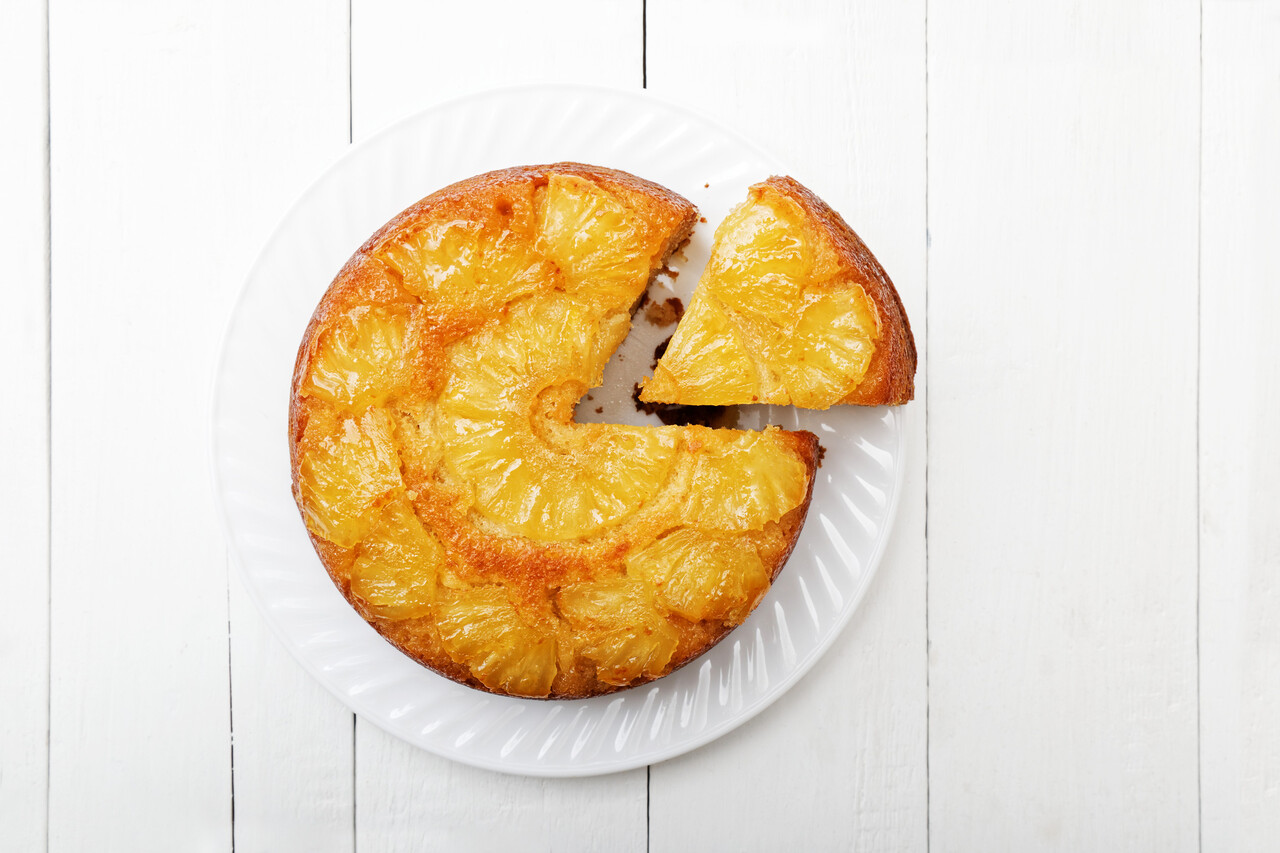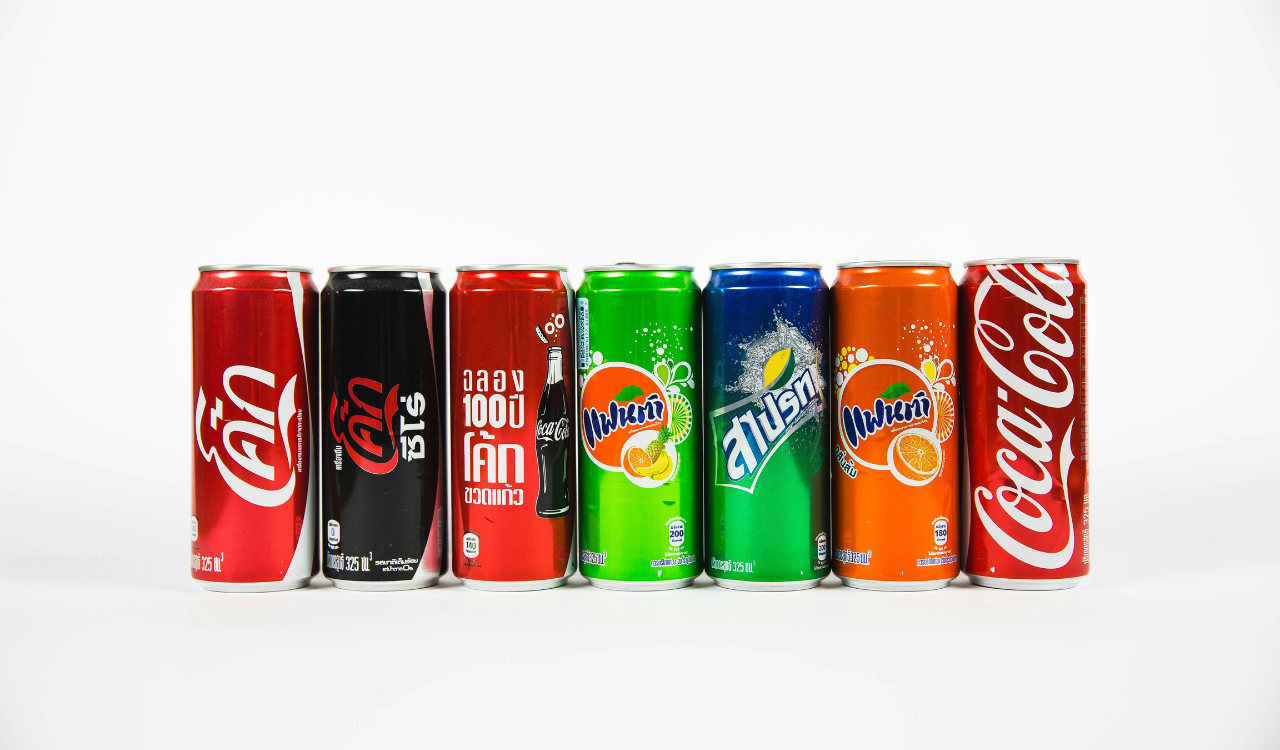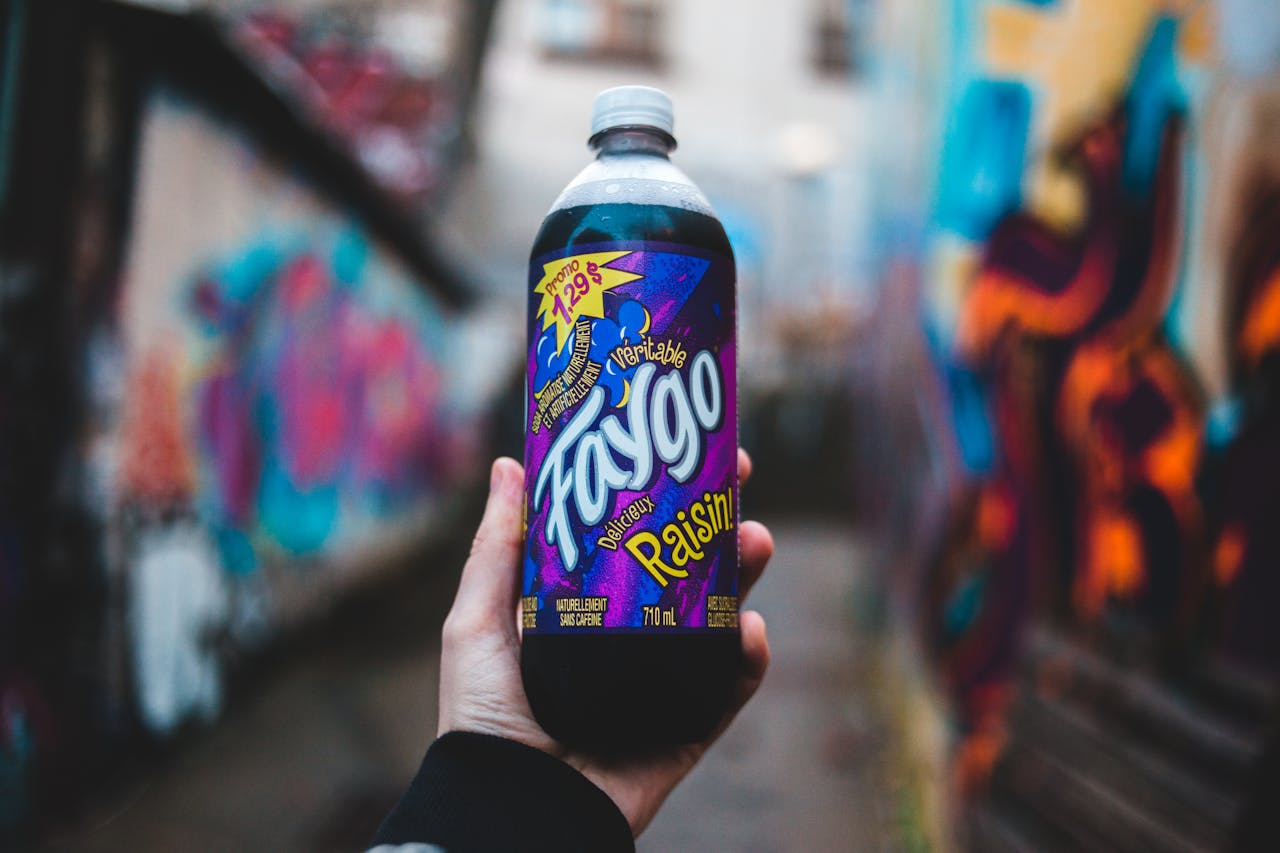9 Baking Substitutes That Actually Work
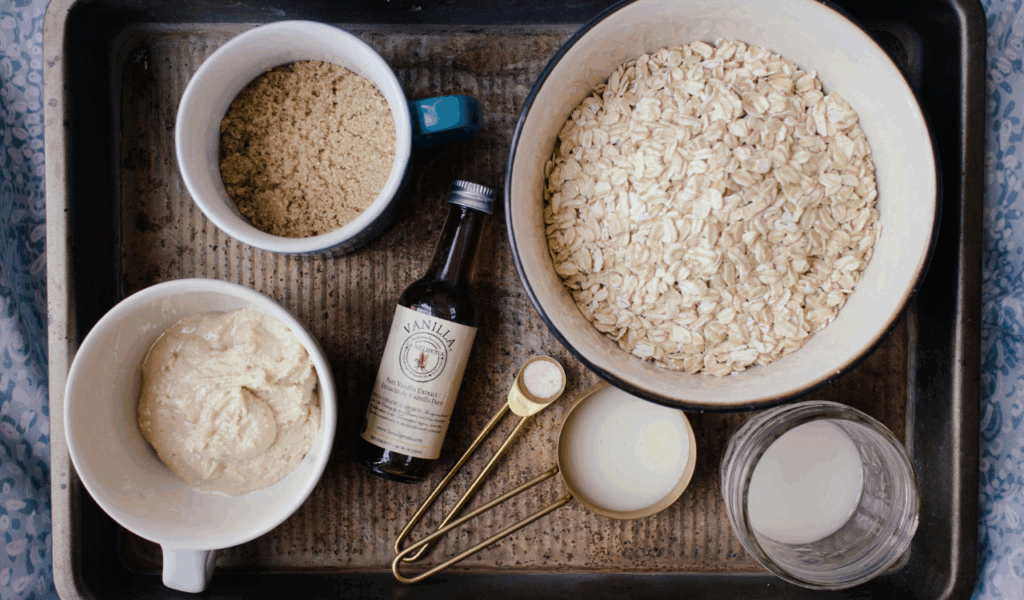
There are times when you start baking and realize you’re missing an essential ingredient, or you might want to substitute something healthier or allergy-friendly. The good news is that there are trustworthy alternatives to many baking ingredients that don’t affect texture, flavor, or rising. Here are nine effective substitutes, along with information on when to use them, how to modify recipe proportions, and potential trade-offs. These will give you greater confidence and flexibility when baking.
1. Egg Replacements for Binding and Moisture

In baking, eggs are frequently used for three purposes: binding, moisture retention, and (to a certain degree) leavening. There are a number of good alternatives to eggs when you run out of them or choose not to eat them. In quick breads, muffins, or pancakes, you can substitute one egg (¼ cup) with mashed banana, applesauce, or pumpkin puree for binding and moisture. One tablespoon of flax or chia seeds combined with three tablespoons of water and allowed to sit creates a “gel” that resembles egg binding. Although the flavor may be more neutral, silken tofu pureed is ideal when you want density and moisture. Be aware that the rise might not be as noticeable as it would be with eggs, so save these substitutions for recipes that don’t call for eggs or yeast.
2. Substituting Leaveners (Baking Powder / Baking Soda)

Baking powder and baking soda are essential for raising baked goods. If you run out of baking powder, you can still get the lift you need by mixing baking soda with an acid (vinegar, lemon juice, or cream of tartar). Typically, use roughly ¼ teaspoon baking soda and ½ teaspoon cream of tartar for every teaspoon of baking powder. On the other hand, if you have baking powder instead of baking soda, you’ll need more powder (though too much can taste tart or metallic) or more acid. Additionally, keep in mind that adding acid or liquid changes the chemistry of your batter, so cut back on other liquids a little.
3. Swapping Milk & Dairy Components
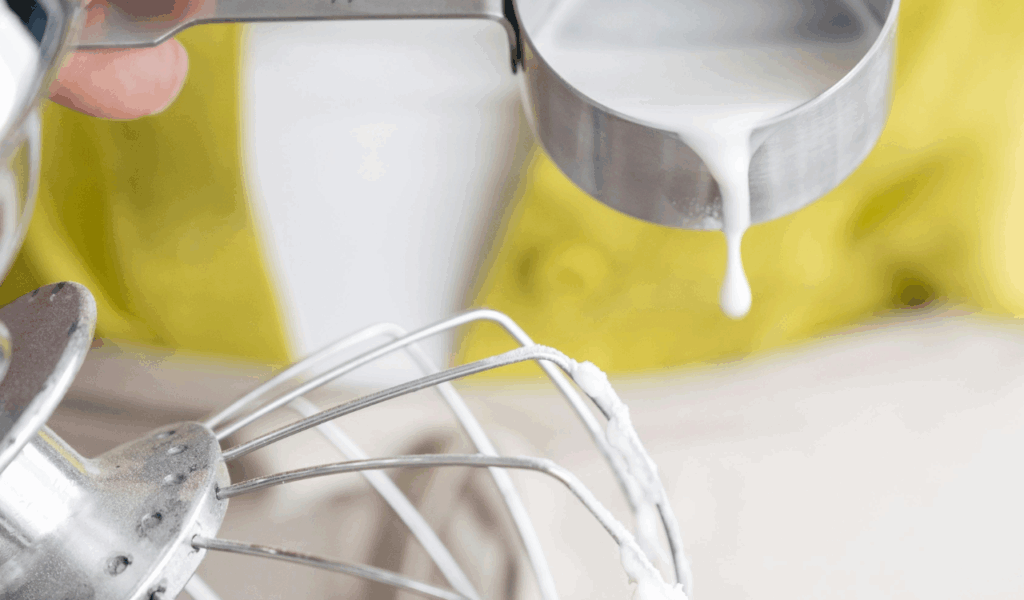
For moisture, richness, acidity, and flavor, milk, cream, buttermilk, and sour cream are frequently used. There are numerous alternatives that can be used in place of dairy if you’re missing one. For instance, milk can be substituted with a mixture of plain yogurt or sour cream that has been thinned with water; buttermilk can be made by mixing 1 tablespoon vinegar or lemon juice with nearly a cup of milk and letting it sit. Fresh milk can be substituted with powdered or evaporated milk (adjust for concentration). Although variations in flavor and fat content impact texture, plant-based milks (soy, oat, and almond) function well, particularly for moisture.
4. Butter, Margarine & Oil Alternatives
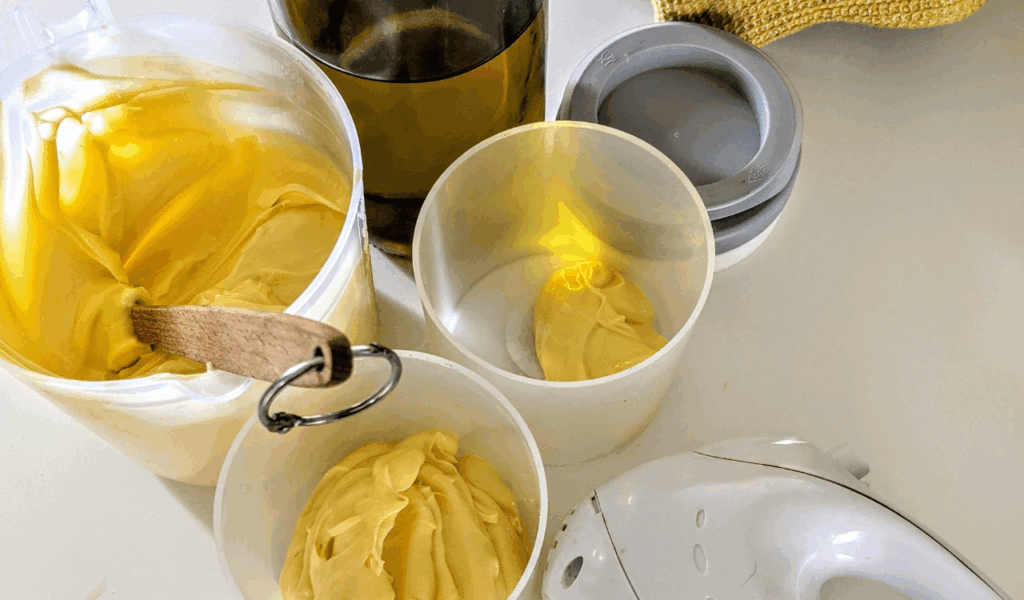
Fat adds moisture, richness, and a soft crumb to baked goods. If you don’t have butter or margarine, you can usually use oil (vegetable, canola, or mild olive oil), though the proportions may change because butter is usually about 80% fat plus water, whereas oil is 100% fat. Depending on the recipe, coconut oil can occasionally be used melted or solid. To lighten texture and cut calories, some (but not all) of the fat can be substituted with applesauce or mashed banana. Remember that butter adds flavor and the ability to cream with sugar (for air incorporation) that oils or fruit purée might not be able to fully replicate.
5. Sugar & Sweetener Swaps
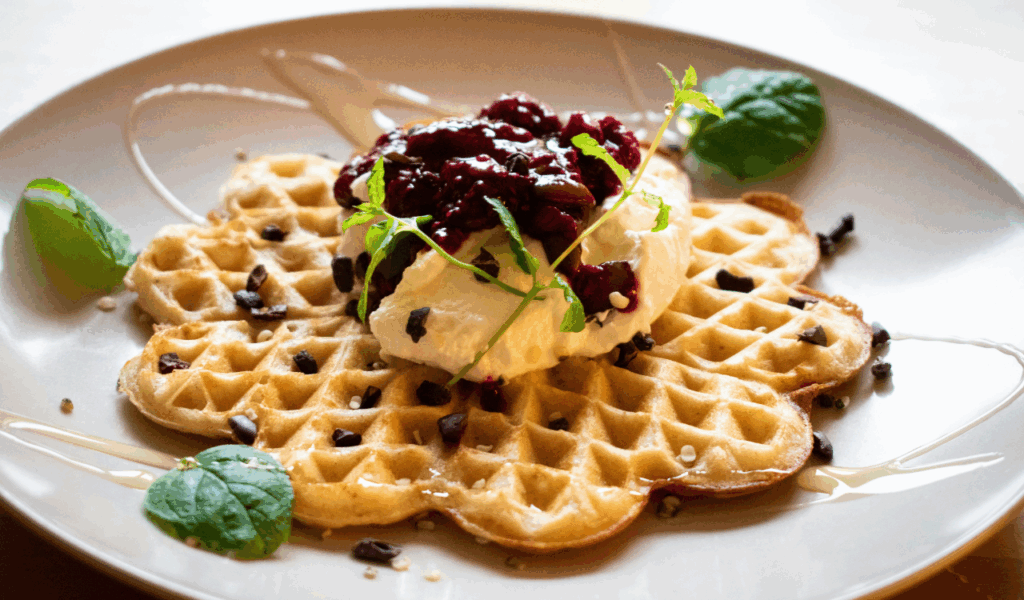
In addition to sweetening, sugar aids in volume, texture, browning, and moisture retention. Honey, maple syrup, molasses, or agave work well as substitutes, but since they are liquids, you will frequently dilute other liquids a little. You can make your own dry sugar by mixing white sugar with molasses, or you can use brown sugar. Although they vary in sweetness and may have an impact on browning, non-refined sugars (coconut sugar, date sugar) or sugar substitutes like erythritol can be used. Additionally, granulated sugar and a small amount of cornstarch can occasionally be ground to create powdered sugar.
6. Flour Alternatives
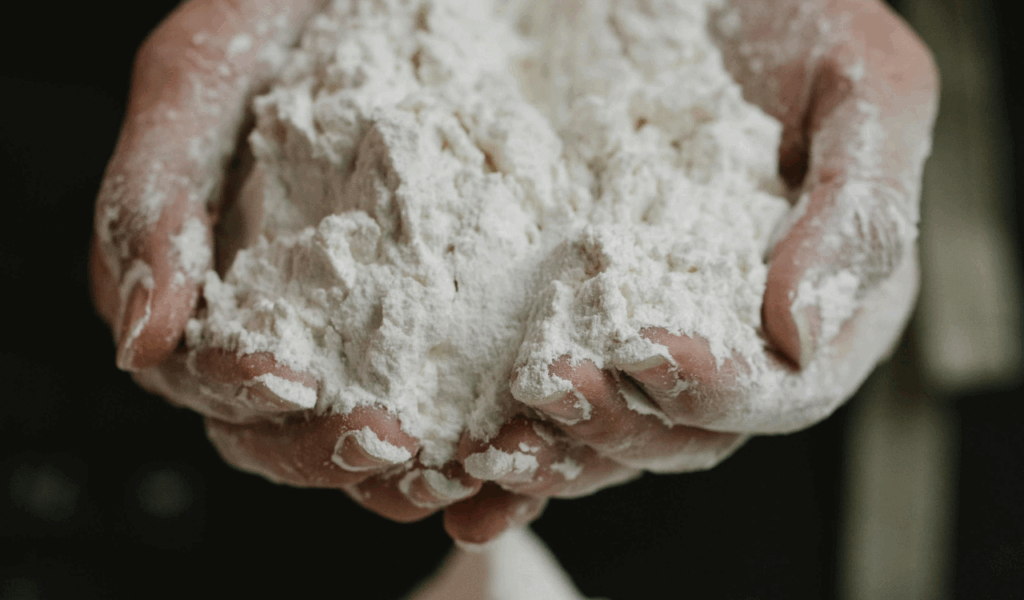
Although all-purpose flour has many uses, there are times when you’ll need or want gluten-free flours, lighter flours, or flours with unique textures. Although it is frequently necessary to use binding agents (xanthan gum, psyllium husk) to mimic the structure of gluten, you can replace part or all of the AP flour with whole wheat flour (which produces a denser, nuttier result) or with gluten-free blends (rice flour, sorghum flour, potato starch, etc.). AP flour, less a little, and cornstarch (for tenderness) can be used to simulate cake flour. Always check the baking time because different flours absorb liquids in different ways.
7. Homemade Buttermilk & Sour Cream Substitutes

If a recipe asks for sour cream or buttermilk and you don’t have it but still want that moisture and tang, make it. Sour cream or plain yogurt can be thinned to a buttermilk consistency by adding a small amount of water. Alternatively, mix 1 tablespoon vinegar or lemon juice with milk and leave it for 5 to 10 minutes, or until it slightly thickens and curdles. These simulate the acidity that can work with powdered or baking soda to aid in leavening. Work well in quick breads, biscuits, and pancakes as well. Depending on the dairy base, the flavor could be more tangy.
8. Cocoa Powder & Chocolate Substitutes
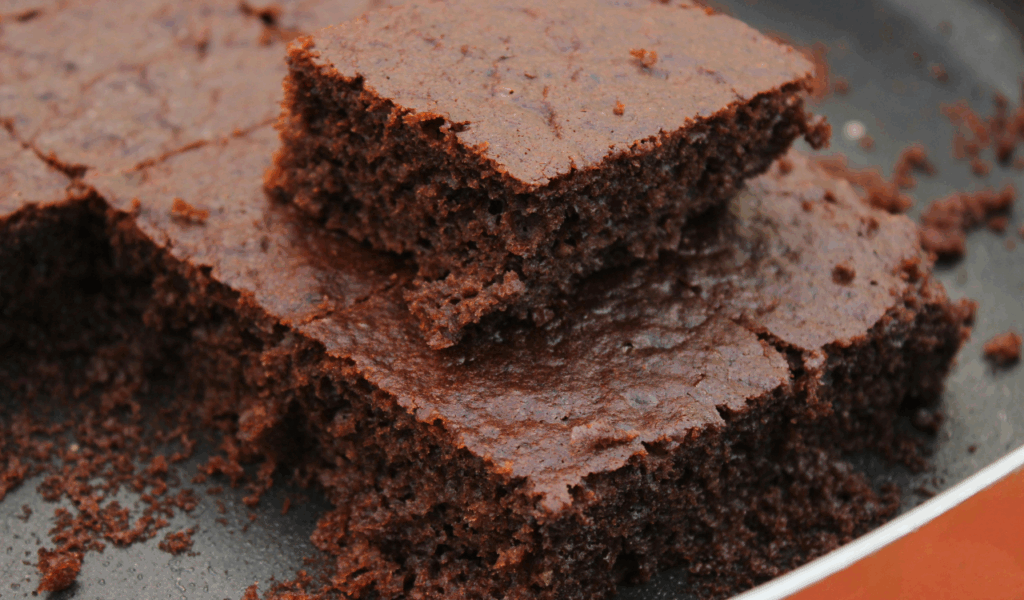
Melted chocolate or cocoa powder are frequently used to add flavor and color to baked goods. If you don’t have any more cocoa powder, you can use unsweetened baking chocolate, if you have any, by melting it and cutting the fat somewhere else, or you can use dark chocolate and cut the sugar down accordingly. White chocolate can add sweetness but won’t take the place of flavor. Carob powder, which is sweeter and less bitter, can be used to make chocolate taste lighter. Because chocolate contains both fat and solids, and because cocoa powder is dry, it is necessary to adjust the amount of liquid or fat. Keep an eye out for variations in texture and color.
9. Thickening & Stabilizing Agents

Gelatin, cornstarch, arrowroot, or agar agar are occasionally used in recipes to thicken, stabilize fillings, glazes, or custards. If you need a substitute, arrowroot powder and cornstarch can frequently be used in place of one another because arrowroot is more neutral and performs better in frozen or acidic applications. Agar agar (derived from seaweed) is a popular plant-based alternative to gelatin; however, its texture will be firmer and its setting times will vary. Tapioca or potato starches can also be beneficial. Understand the variations in setting temperatures and how they react to extreme heat or freezing.

